What ancient homes looked like: from the Egyptians to the Aztecs
Explore the dwellings of ancient civilisations
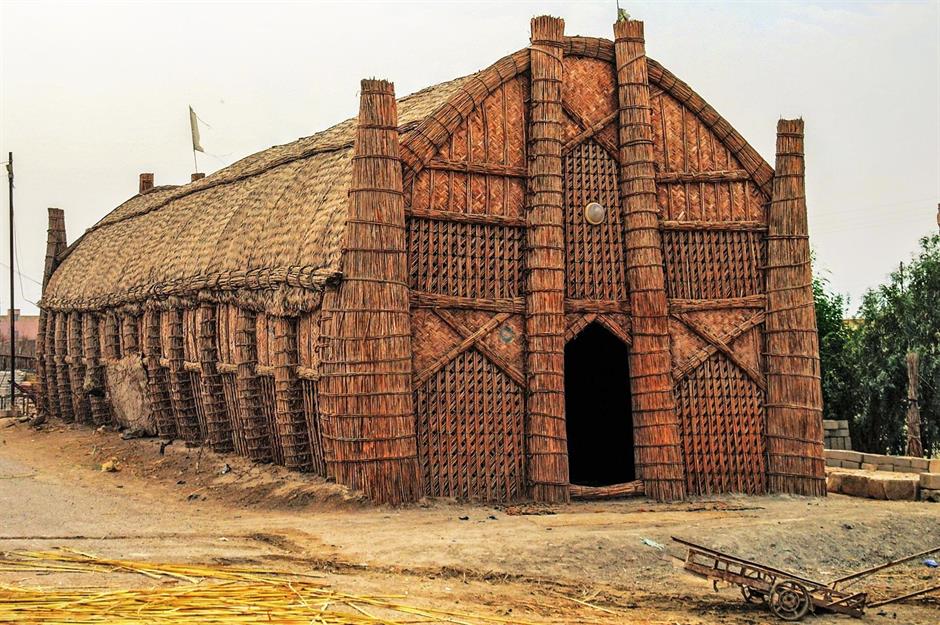
Ever wondered how our ancestors lived in the distant past and what exactly home sweet home looked like thousands of years ago?
Click or scroll on as we transport you back in time for a glimpse inside the properties of both ordinary people and the privileged upper classes in Ancient Egypt, Iron Age Britain, the Mayan and Aztec Empires, and more...
Mayans
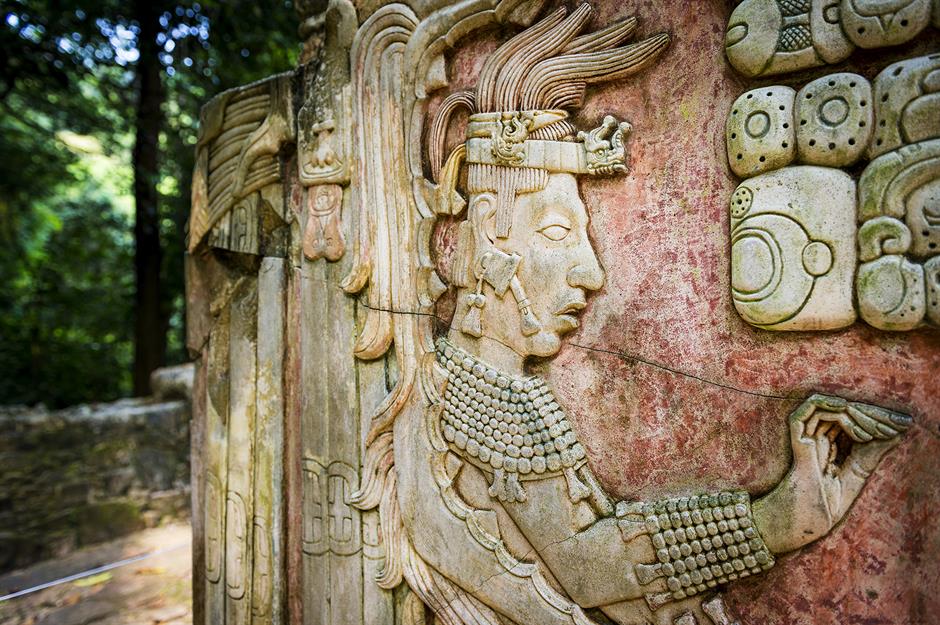
The Mayan civilisation, which covered large swathes of Central America at its peak, was highly advanced and is remarkable for its complex writing, mathematics and astronomical systems, symbolic art and monumental architecture.
The earliest settlements date to around 1800 BC and the civilisation thrived until its decline during the latter part of the first millennium AD.
Mayans: ordinary homes
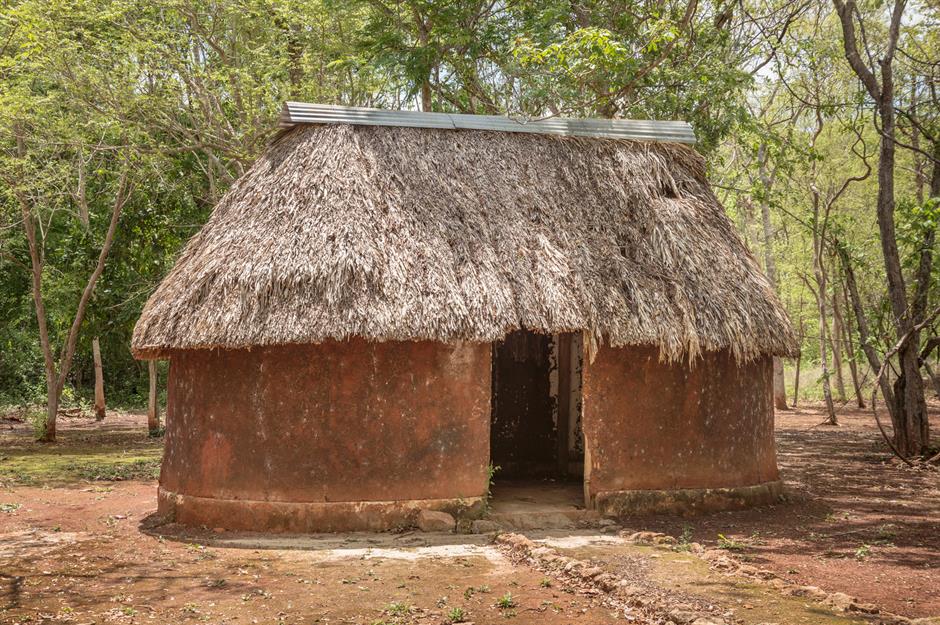
The homes of ordinary people in the Mayan Empire were constructed from wood and straw, which was often lined with baked mud and clay for added insulation. Lime was also used to whiten the exterior.
The structures tended to be oval rather than round in shape and the roofs were thatched to keep out the elements.
Mayans: inside the ordinary home
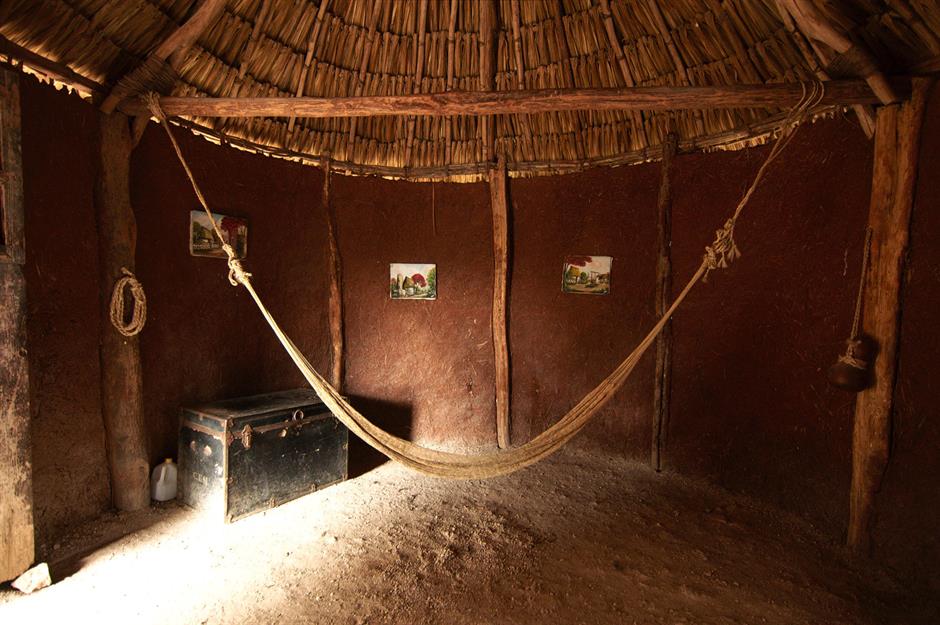
The homes of the lower classes had just one room that was sometimes partitioned by a screen. Sapling rod beds or hammocks, which were first woven by the Mayans around 2000 BC, were used for sleeping and resting.
Apart from the beds and hammocks, the abodes contained very little else apart from some pottery and perhaps a storage chest.
Mayans: elite homes
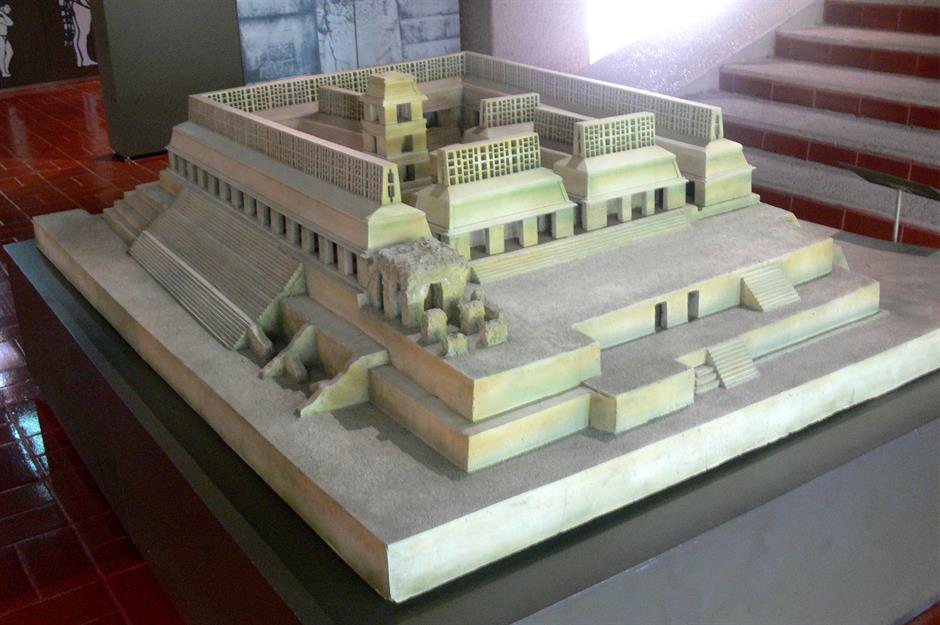
The homes of the elite looked more fancy, with multiple rooms and fine pieces of furniture. The palaces of the Mayan Empire were especially extravagant, as shown by this model of the Palace of Palenque in what is now Chiapas, Mexico.
The palace housed the rulers of Palenque (a Maya city state in southern Mexico) from 250 BC to AD 900 and would have been painted mostly red, as well as white, blue and green in places.
Mayans: inside the elite home
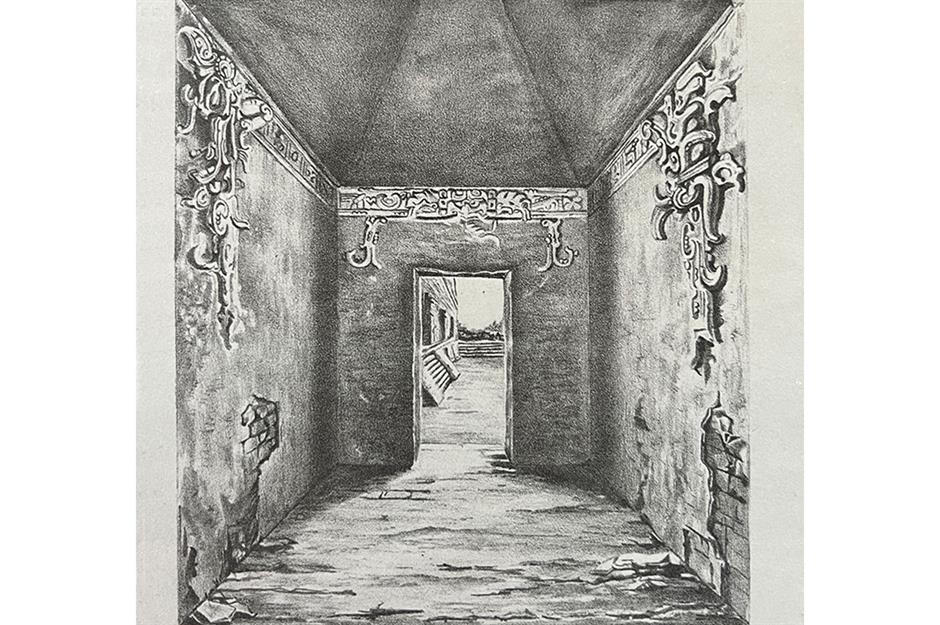
When British archaeologist Alfred Maudslay visited Palenque in 1890-91, some of the interior was still intact. His drawing of a room inside House E (also known as House H) gives us a clear idea of what the royal residence would have looked like, with painted walls and elaborate stone and stucco decoration.
Despite centuries of damage from the high jungle humidity, some paintwork still survives, so we know the building was adorned with images of flowers, insects, birds and animals.
Mesopotamians
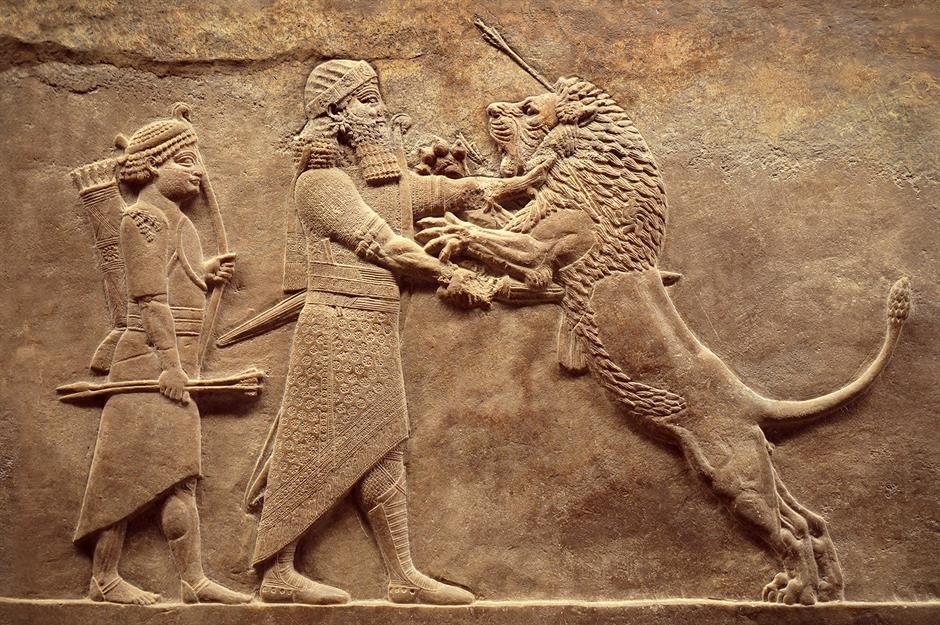
One of the cradles of civilisation, Mesopotamia was located in the Middle East's Fertile Crescent around the Tigris and Euphrates rivers (roughly around Iraq, Kuwait, Turkey and Syria in today's geography).
The cultures that sprang up in the region during the 6th millennium BC developed writing, invented the wheel and built the first cities complete with sprawling palaces, vast pyramid-like temple towers called ziggurats and jaw-dropping structures such as the mystical Hanging Gardens of Babylon.
Mesopotamians: ordinary homes
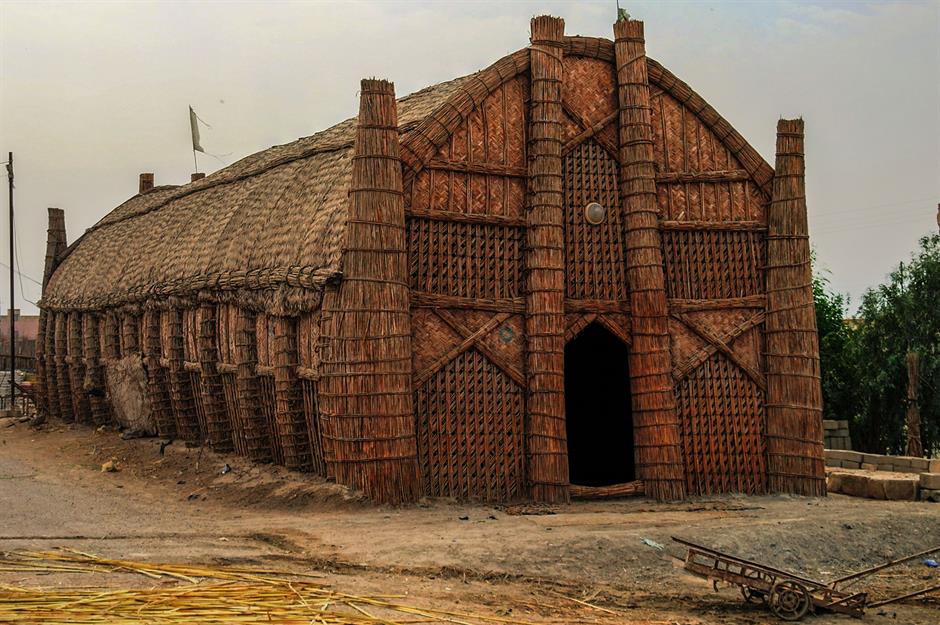
Ordinary Mesopotamians lived in homes crafted from plaited reeds, some of which were plastered with clay. A testament to their ingenuity, these so-called raba and larger mudhif abodes continue to be constructed today by the Ma'dan people (aka the Marsh Arabs) of southern Iraq, though many were destroyed in the 1990s by the regime of Saddam Hussein.
Mesopotamians: inside the ordinary home

Rabas and mudhifs had an entrance at each end and contained a screen to divide the main dwelling area from a space that was used for guest accommodation or livestock.
Furniture ranged from simple tables and chairs to sleeping mats made of woven reeds. The homes were lit with sesame oil lamps while clay-lined firepits were used to heat the interior during the winter months.
Mesopotamians: elite homes
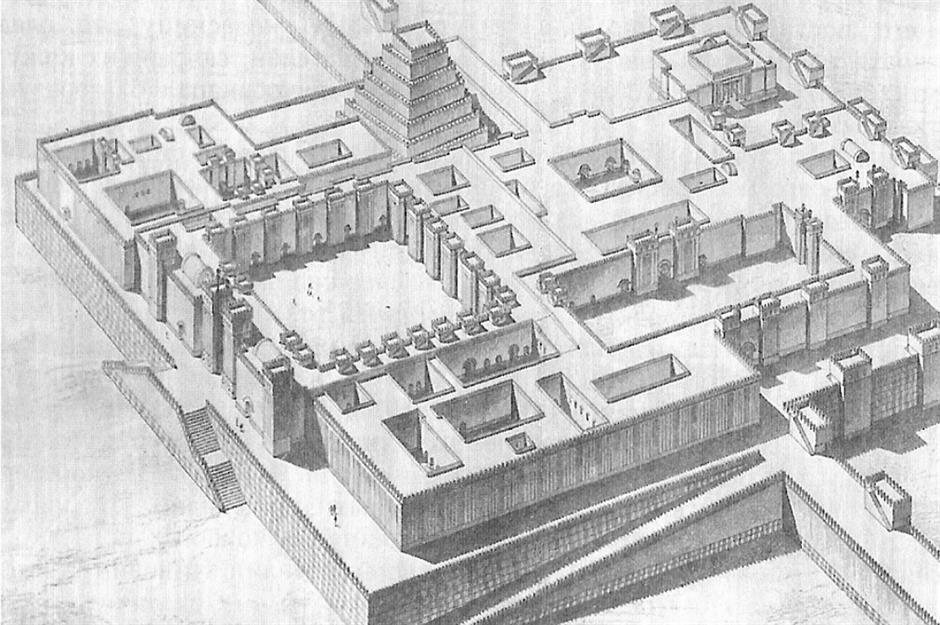
As you might expect, the king and courtier class lived in monumental palaces. This image shows the palace of Assyrian King Sargon II in Dur-Sharrukin during the 8th century BC.
The Mesopotamian upper classes resided in grander homes built from whitewashed sun-dried mud bricks. Unlike the more modest rabas and mudhifs, these dwellings often came with windows.
Mesopotamians: inside the elite home
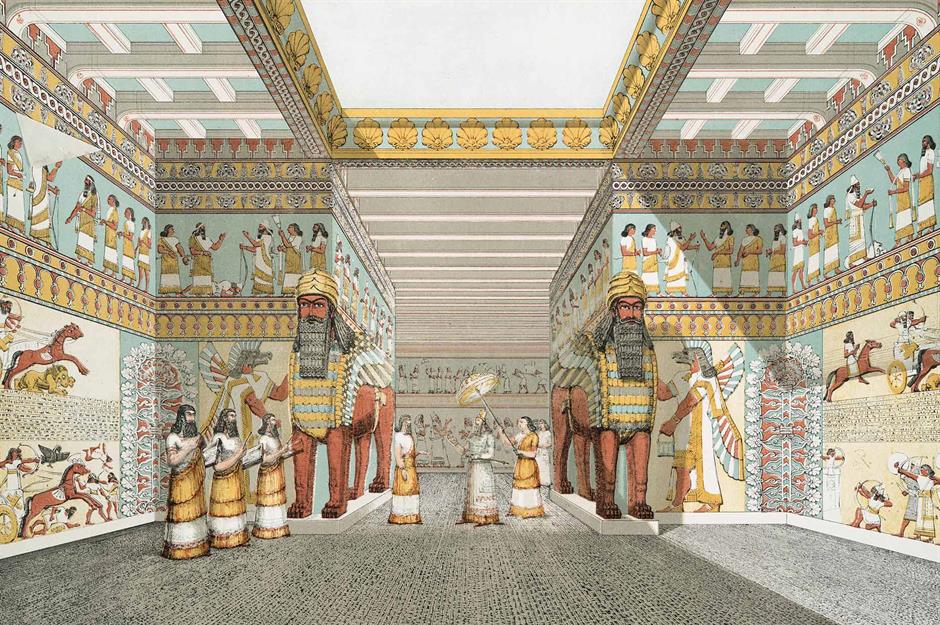
Elite Mesopotamian homes, which were the first to feature separate bedrooms, were kitted out with luxuries such as plumbed toilets, decorative braziers for heating and elaborate furniture including beds overlaid with precious metals.
Rooms were adorned with frescos and imposing relief sculptures. Shown here is an artist's impression of a hall in King Sennacherib's palace in Nineveh around 700 BC.
Ancient Egyptians
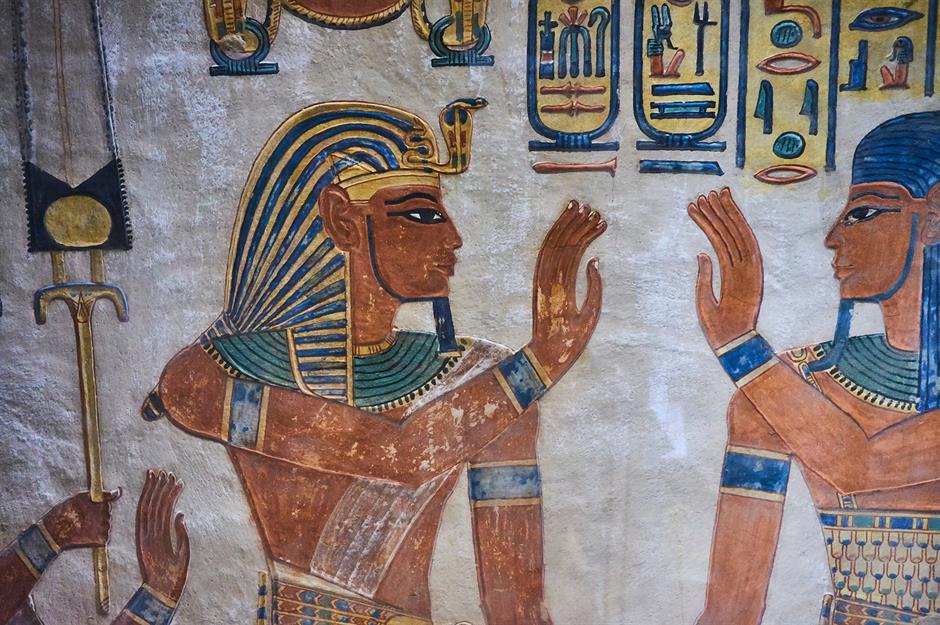
From 5000 BC to around 30 BC, the Ancient Egyptians flourished around the River Nile region of northeast Africa, where they developed systems of mathematics and medicine, and created sophisticated works of art and literature.
But the civilisation is best-known for its wondrous feats of engineering, which include complex irrigation systems, obelisks, temples and the world-famous pyramids.
Ancient Egyptians: ordinary homes
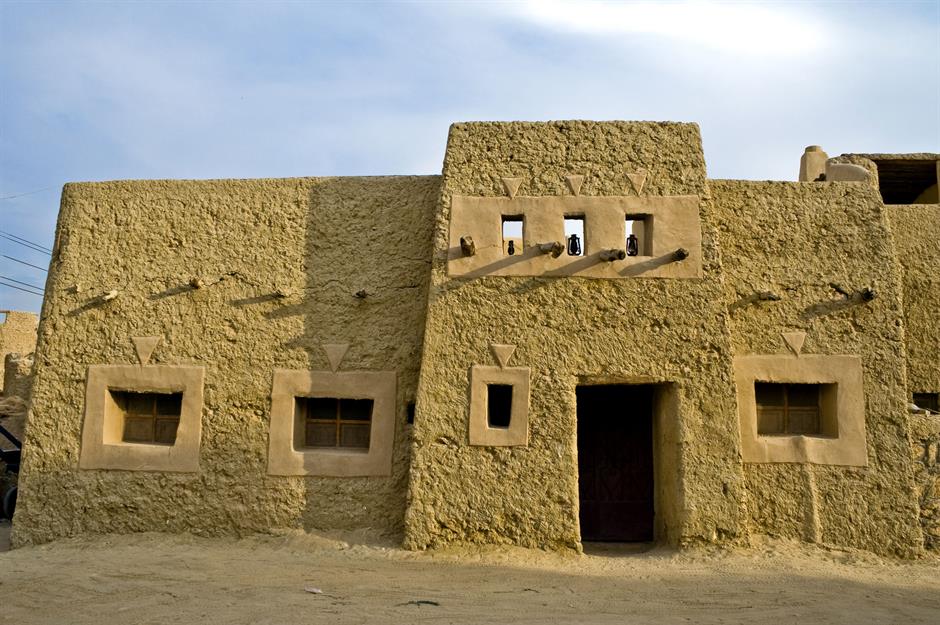
Homes in Ancient Egypt were constructed from mud bricks and papyrus. The annual flooding of the Nile made mud a plentiful raw material, which was formed into bricks that dried solid in the sun. Wood was in short supply, so only tended to be used for doorways, ceiling supports and furniture.
Ancient Egyptians: inside the ordinary home
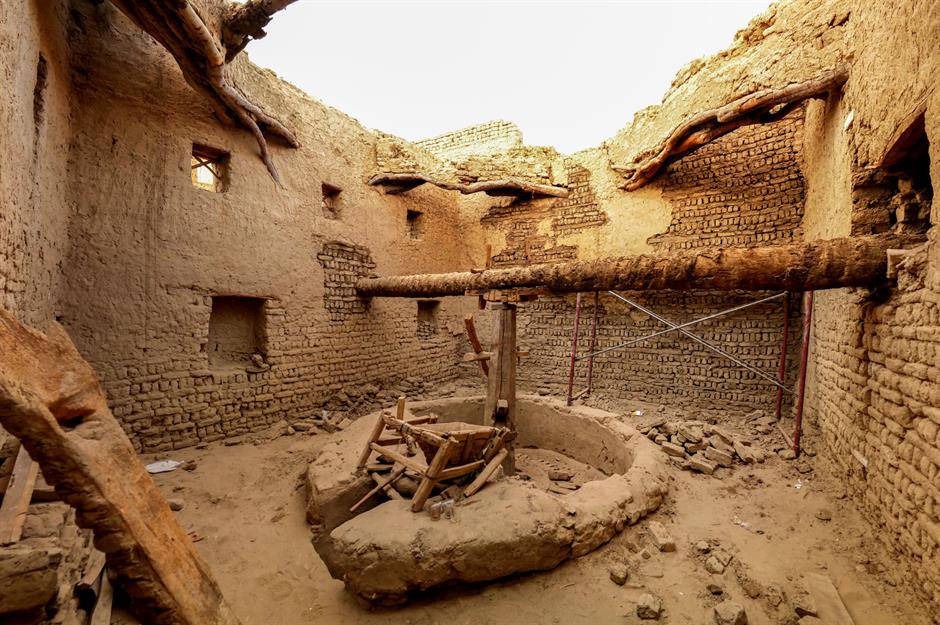
People lower down the social strata lived in simple one-room abodes with flat roofs that were used for sleeping on the warmest nights. The houses tended to lead into open-walled courtyards, where animals were kept and food was cooked.
Windows and doors were covered with papyrus. Furniture was very basic, consisting largely of reed mats and the odd wooden chair or bed.
Ancient Egyptians: elite homes
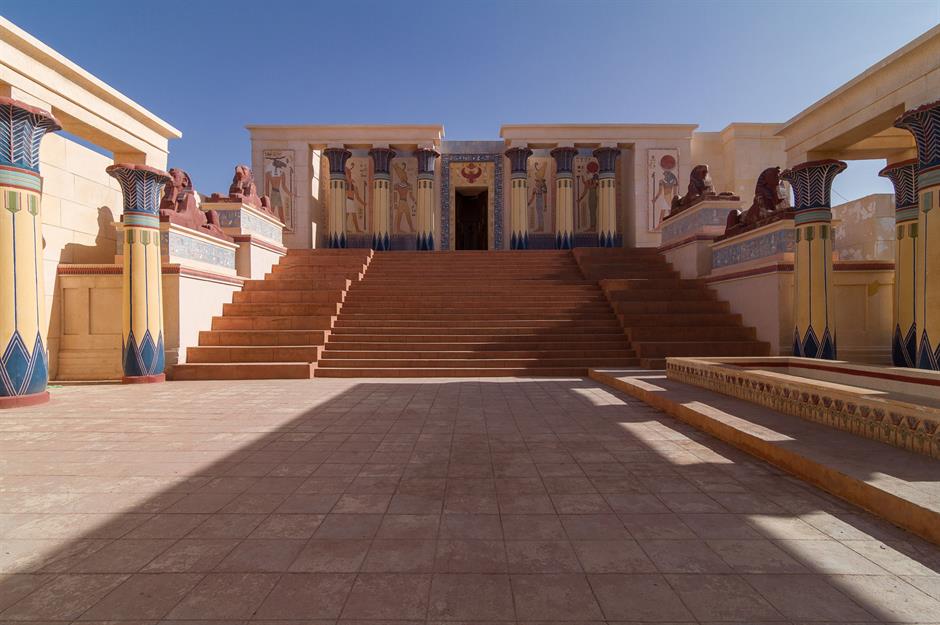
In contrast, the homes of the elite were sumptuous affairs. These high-end dwellings were constructed from whitewashed mud bricks or limestone and contained numerous rooms.
The fanciest of them all were the palaces, which wowed with colonnaded exteriors, cooling pools and extensive gardens.
Ancient Egyptians: inside the elite home
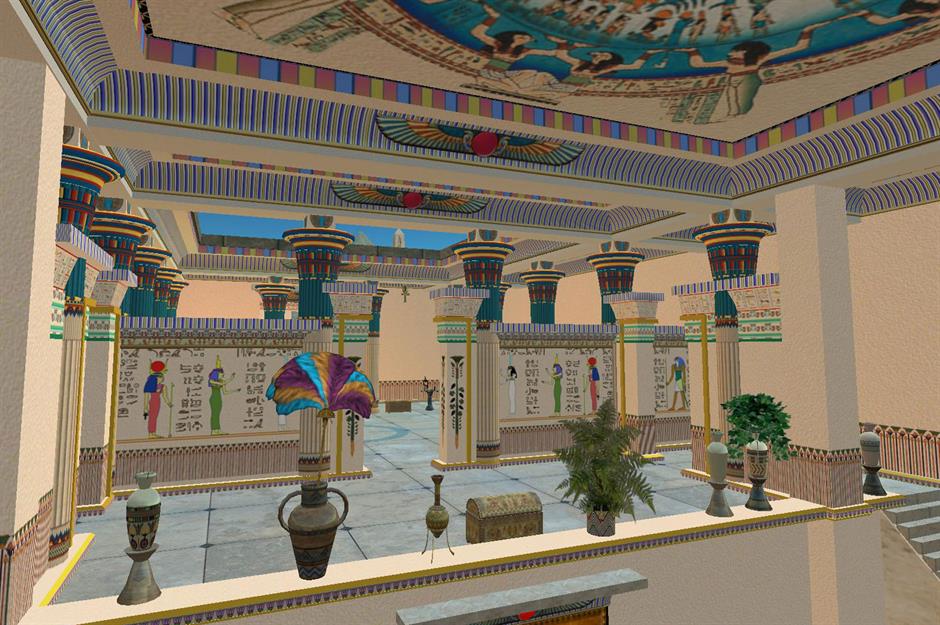
Like the elite homes of Mesopotamia, these structures had all the mod cons of the era, including separate toilets, large kitchens and guest rooms.
The walls and ceilings were painted with colourful frescos depicting hieroglyphics and images of the gods, and rooms were furnished with chairs, tables, mirrors, pottery and a whole lot more besides.
Minoans
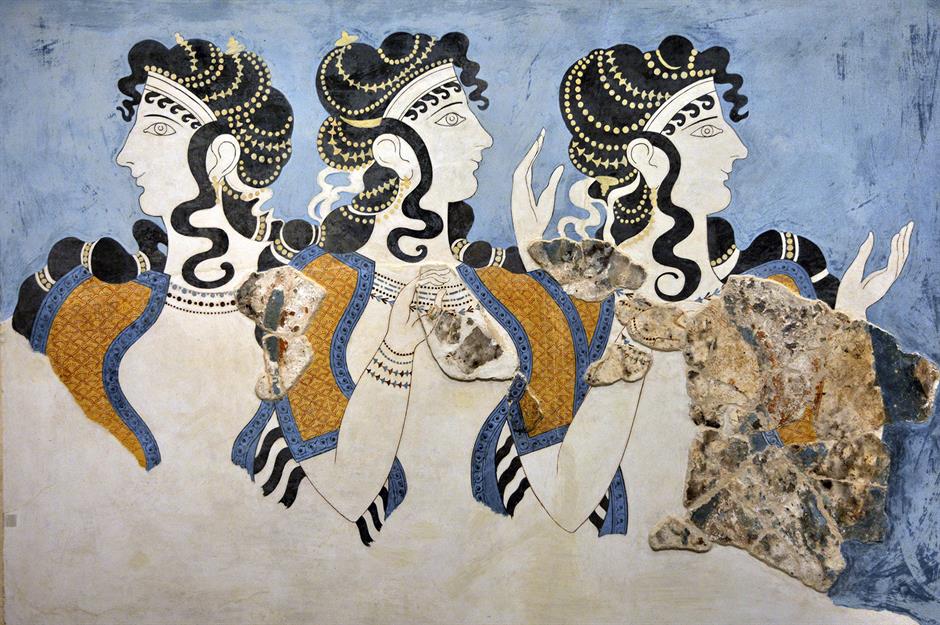
The Minoan culture was Europe's first advanced civilisation and its people thrived on Crete and the surrounding Aegean islands from 2000 BC to around 1500 BC. A seafaring people, the Minoans developed a large maritime trading network, manufactured advanced tools, produced beautiful art and built stunning multi-storied palaces.
This fresco of the 'Ladies in Blue', estimated to date from around 1600 to 1450 BC, was discovered in the Palace of Knossos and shows three women in lavish dress adorned with many jewels.
Minoans: ordinary homes
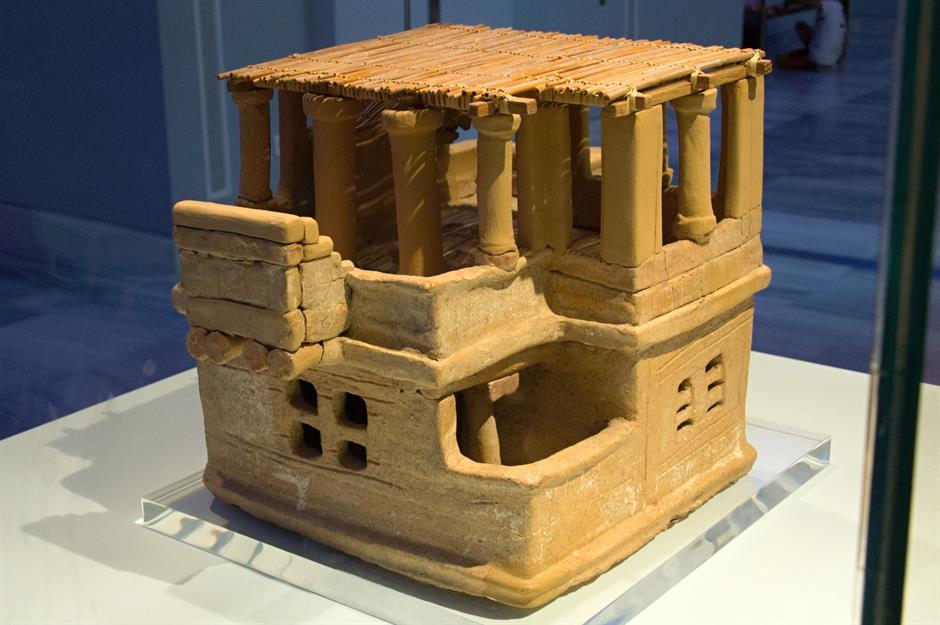
Even the poorest Minoans lived in fairly large rectangular duplex houses, and some even came with enclosed courtyards. They were made from stone rather than the mud bricks the Egyptians and Mesopotamians favoured, making them more robust.
This picture shows a clay model of a house from the Middle Minoan period that was discovered in Archanes, Crete.
Minoans: inside the ordinary home
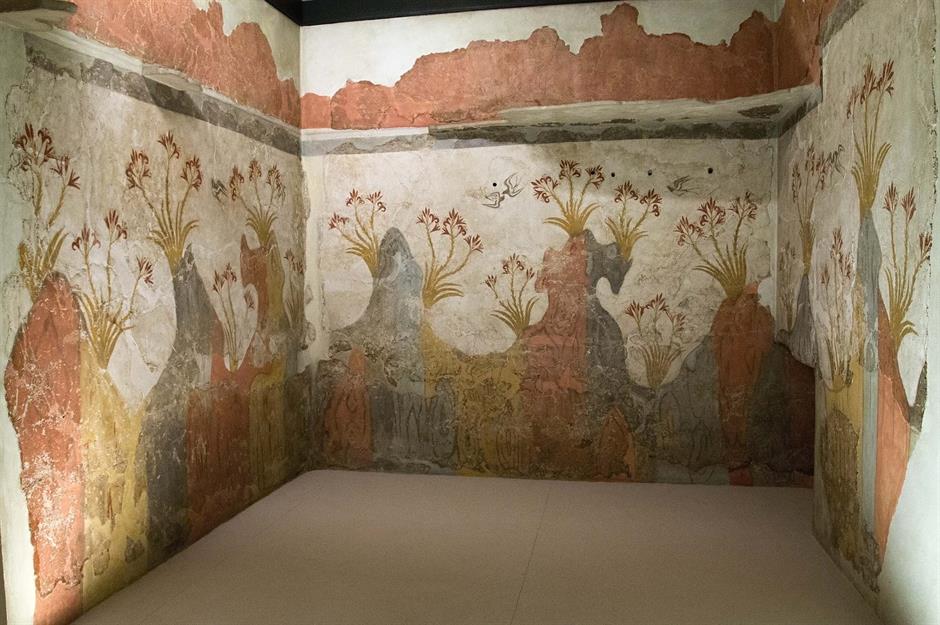
The typical Minoan home contained a number of rooms, including separate toilets that were connected to water channels to wash away waste. The rooms contained fine furniture made mainly from wood, pieces of pottery, and other utensils.
Walls were decorated with vibrant murals, many of which have survived into the 21st century.
Minoans: elite homes
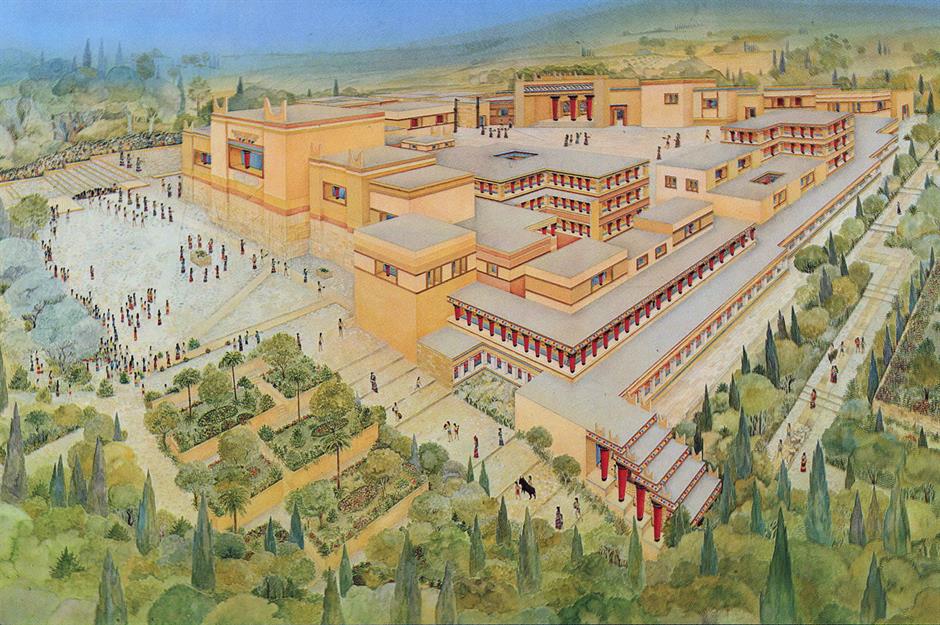
The Minoans were renowned for their elaborate palaces. The most famous of them all is the palace complex of Knossos, which is the setting for the myth of the Minotaur.
Covering the equivalent of two football fields, the enormous royal residence was built and subsequently reconstructed during the 2nd millennium BC.
Minoans: inside the elite home
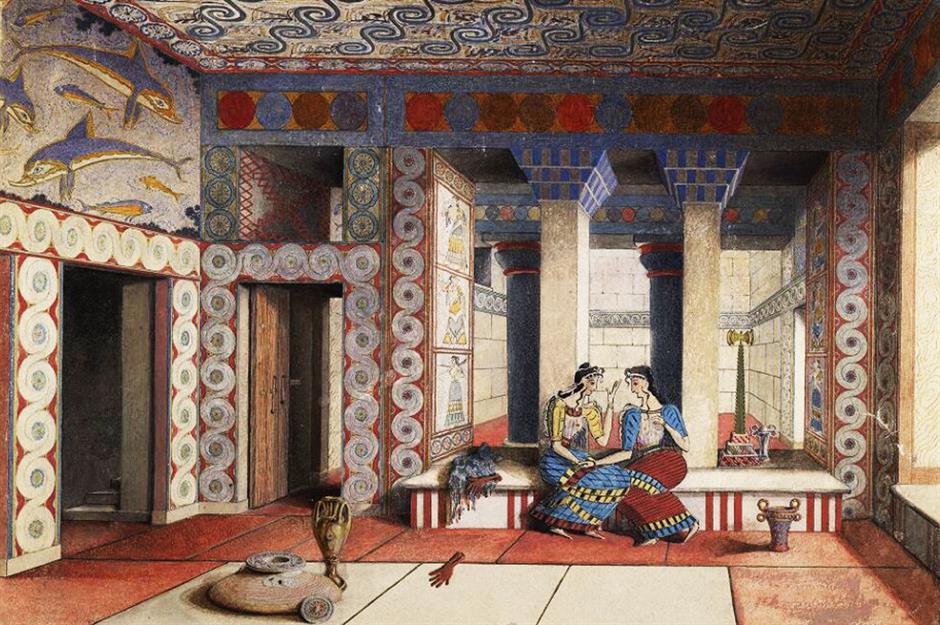
The multi-storey labyrinth-like palace had a plethora of capacious colonnaded rooms and courtyards, elegant staircases, advanced drainage systems, and theatre areas for public performances.
As you can see from this recreation of a room at Knossos, the well-appointed interiors were lavish and highly decorative.
Iron Age Britons
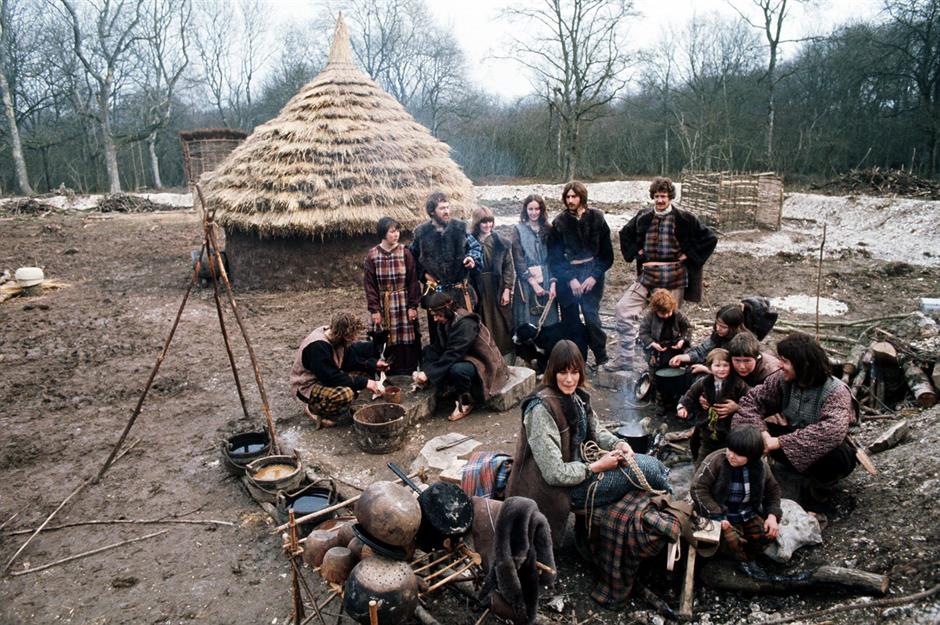
The Iron Age in Britain lasted from the 9th century BC to the Roman invasion of AD 43. During this era, many innovations were introduced, including iron technology and the potter's wheel, and the population increased to around one million.
Britons at the time had a Celtic culture and produced intricate tools and exquisite pieces of jewellery.
Iron Age Britons: ordinary homes
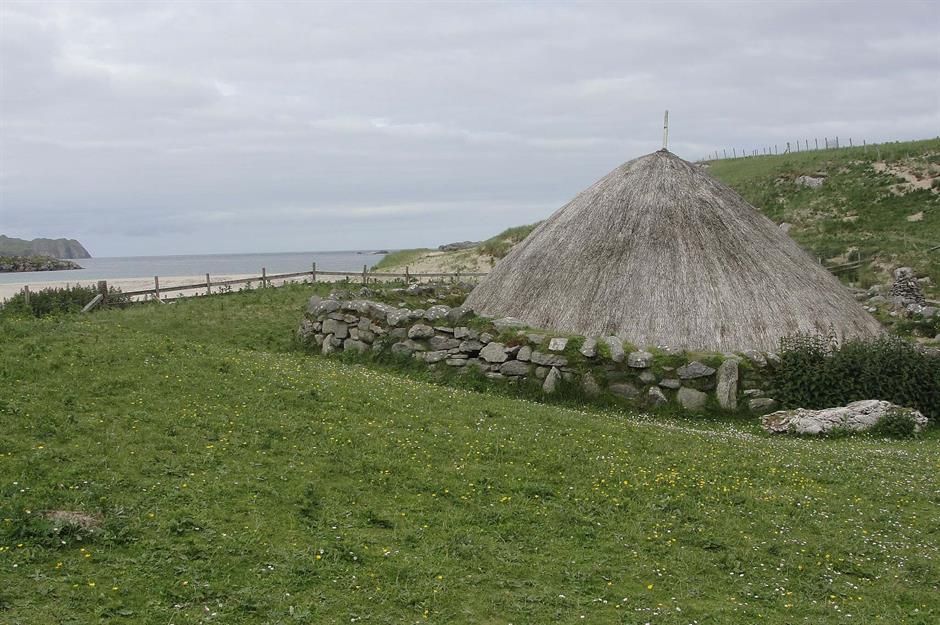
This image shows a reconstructed roundhouse in Bostadh, Scotland. The Iron Age Celts lived in windowless roundhouses like this one and were constructed from wattle and daub, a composite of wood mixed with clay, straw and animal dung.
The walls were washed in lime and the roofs were thatched.
Iron Age Britons: inside the ordinary home
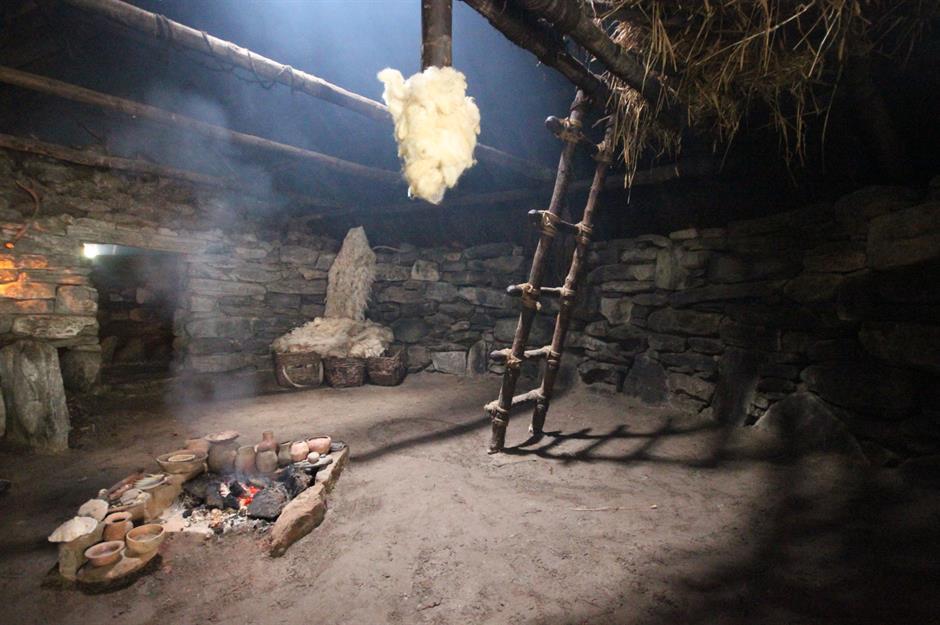
This picture of the interior of the reconstructed roundhouse in Bostadh offers an insight into how ordinary Iron Age Britons lived. At the centre of the one-room home is a hearth that was used for cooking and heating.
A small opening in the roof provided ventilation. Furniture was rudimentary, comprising chiefly of pottery items and animal skins.
Iron Age Britons: elite homes
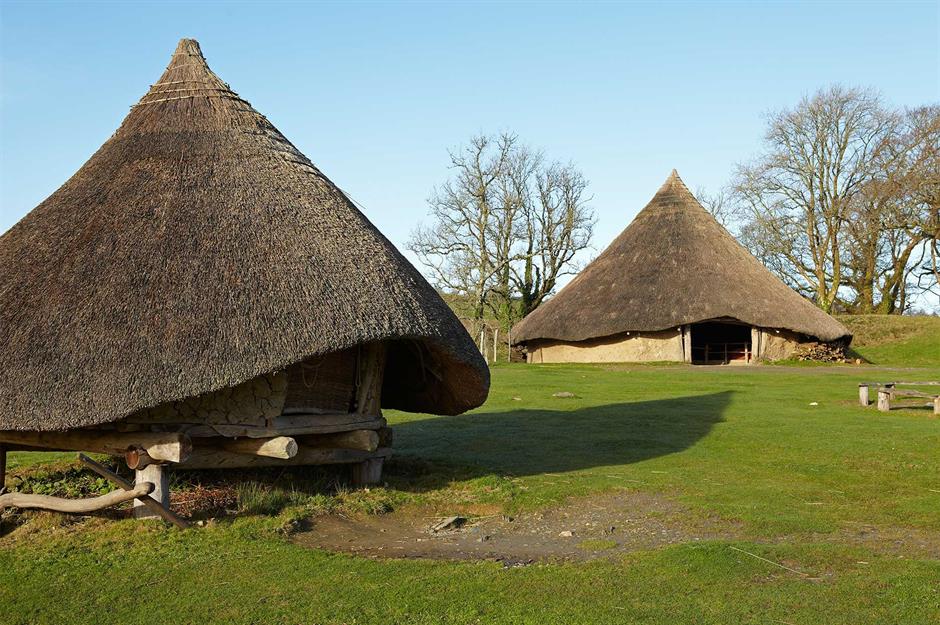
The houses of the elite weren't much different from those of ordinary people in Iron Age Britain, suggesting a more egalitarian social setup when compared to civilisations such as the Ancient Egyptians, Minoans and Mayans.
The upper classes also lived in roundhouses, though they tended to be located in hill forts and are likely to have been larger than the homes of the common folk.
Iron Age Britons: inside the elite home
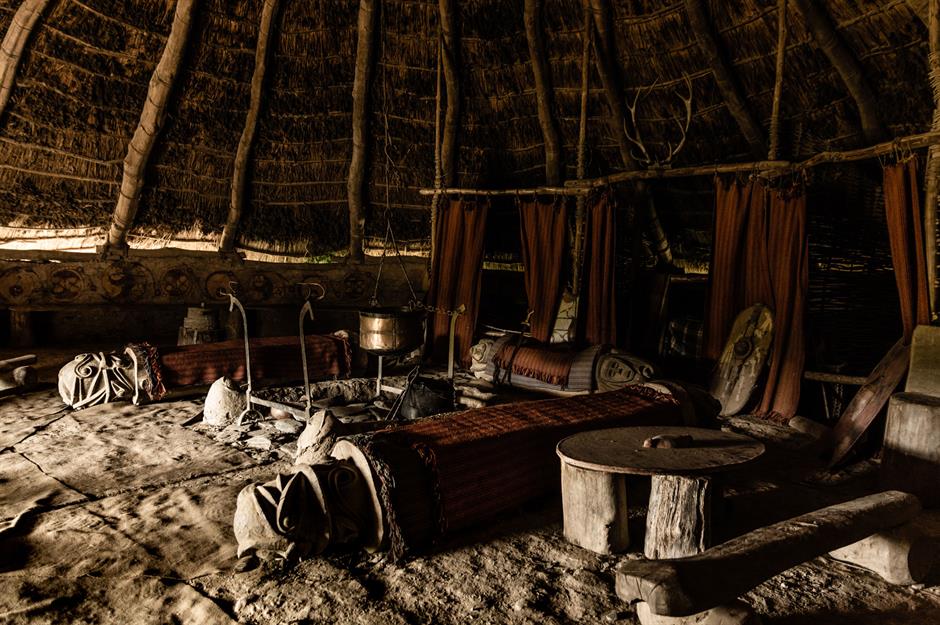
This photo shows the interior of a roundhouse at Castell Henllys Iron Age Village in Wales that would have accommodated a prominent and wealthy family.
Although it looks similar in terms of architecture to the Bostadh dwelling, the furnishings – which include wooden benches and tables, a metal cauldron and woven textiles – are far more luxurious.
Ancient Romans
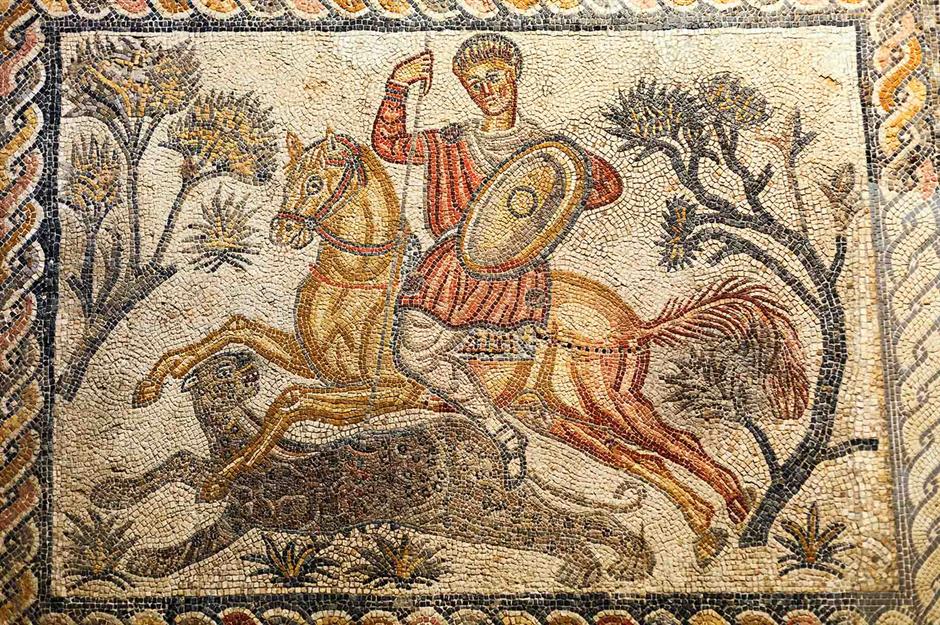
Emerging in the 31st century BC and enduring until the 5th century AD, Ancient Rome expanded to envelope much of Europe and North Africa.
A major military superpower with a population of up to 100 million at its height, the civilisation was also a cultural powerhouse renowned for its art, literature and architecture, the most celebrated examples of which include the Roman Colosseum and Pantheon.
Ancient Romans: ordinary homes
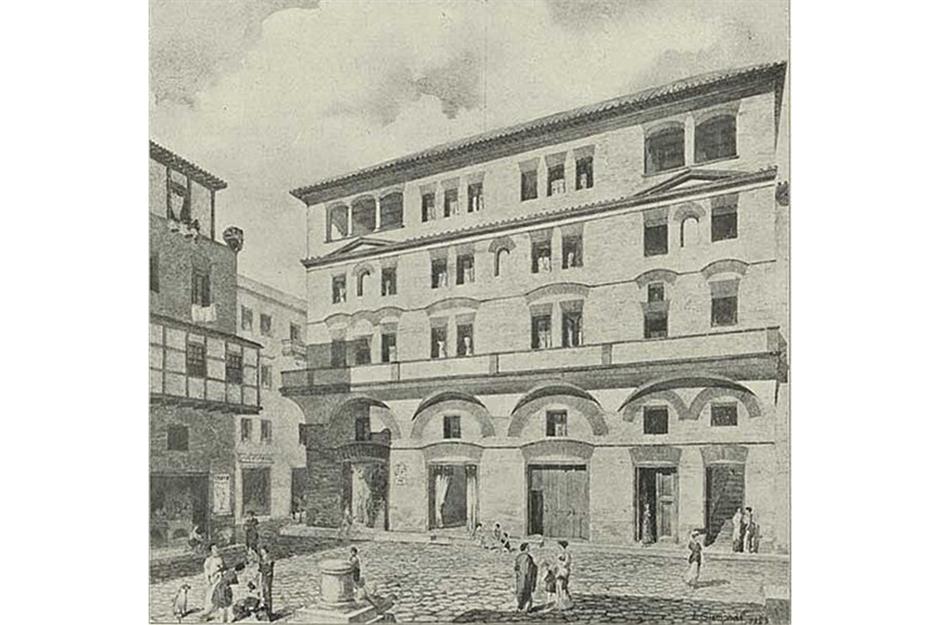
This image depicts the Casa Via de Diana insula in Ostia, Italy. Many of the ordinary people of Ancient Rome were packed like sardines into apartment buildings of five or more storeys called insulae and are arguably the world's first high-rise homes.
These tenement dwellings had a tendency to be horribly rundown and were prone to collapses and fires.
Ancient Romans: inside the ordinary home
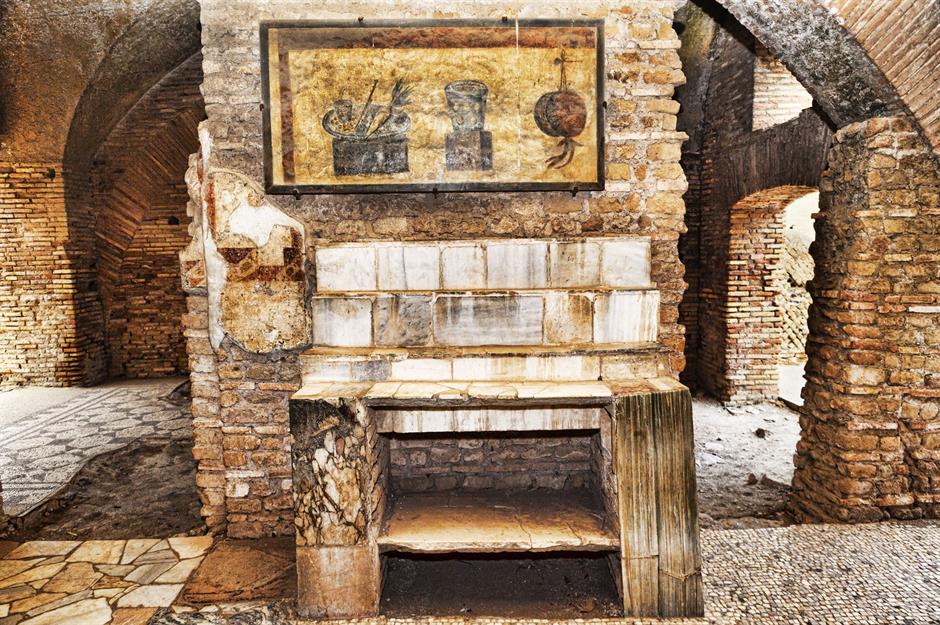
The lower floors of the insulae were highly sought after because they had larger rooms and running water. This image shows the interior of Ostia's Termopolio insula, where the poorest members of society had to make do with the tiny rooms and cramped conditions of the upper floors.
Furniture was limited to a bed, cupboard, chest and lamp, and if they were lucky, the least affluent may have owned a statue of a god.
Ancient Romans: elite homes
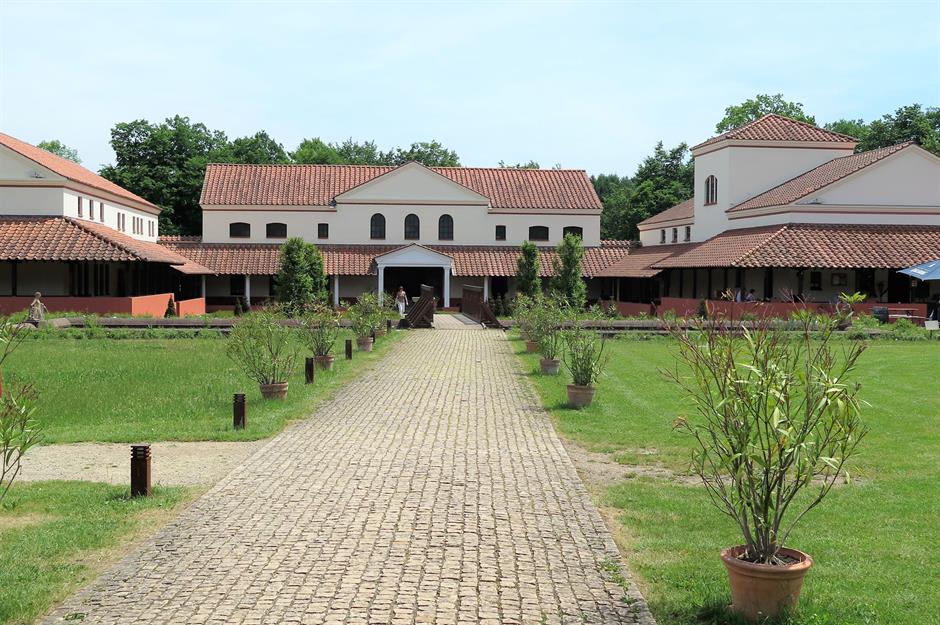
Shown here is a large Roman villa that was reconstructed in the German village of Borg. Aside from the emperors and governors who resided in opulent palaces, the Roman elite (also known as the senatores and equites) lived in townhouses called domi with numerous rooms, an inner atrium and a garden, which was called the hortus.
The wealthiest people also owned a suburban villa urbana and/or a villa rustica in the country where they could escape to.
Ancient Romans: inside the elite home
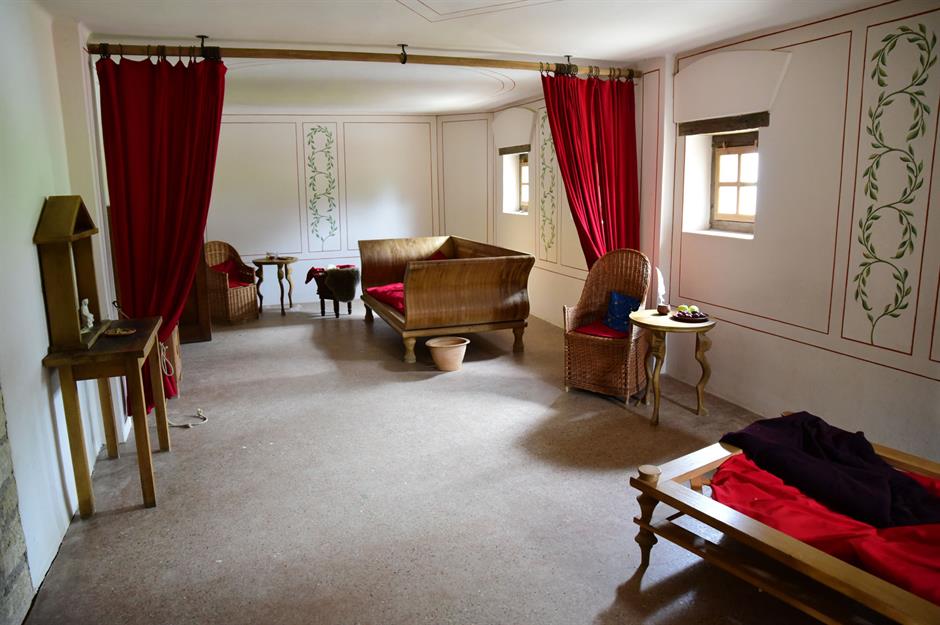
The villas of the senatores and equites contained plenty of sizeable rooms and an atria, and many came with large gardens. The interiors were decorated with frescos and contained shrines to the gods.
Furniture included comfortable reclining couches called lecti, curule chairs, tables, lamps and wooden storage chests.
Aztecs
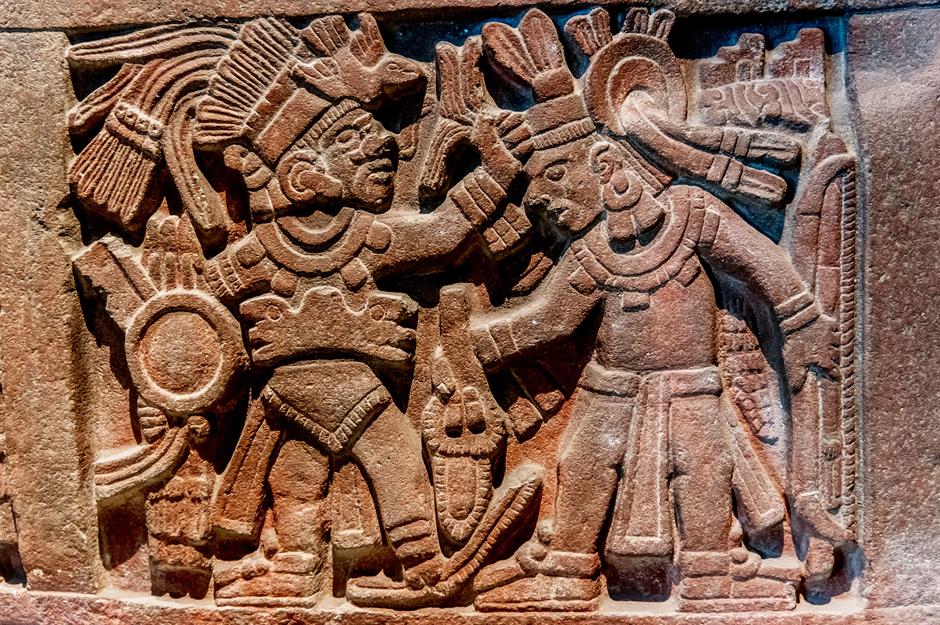
The Aztec culture thrived from the mid-14th century until the Spanish conquest of 1519 to 1521.
The Aztec Empire, which covered much of modern-day central and southern Mexico at its zenith, is highly esteemed for its agricultural and trading achievements in art and architecture. Monumental structures included pyramids and temples as well as palaces, with an advanced culture that still fascinates us today.
Aztecs: ordinary homes
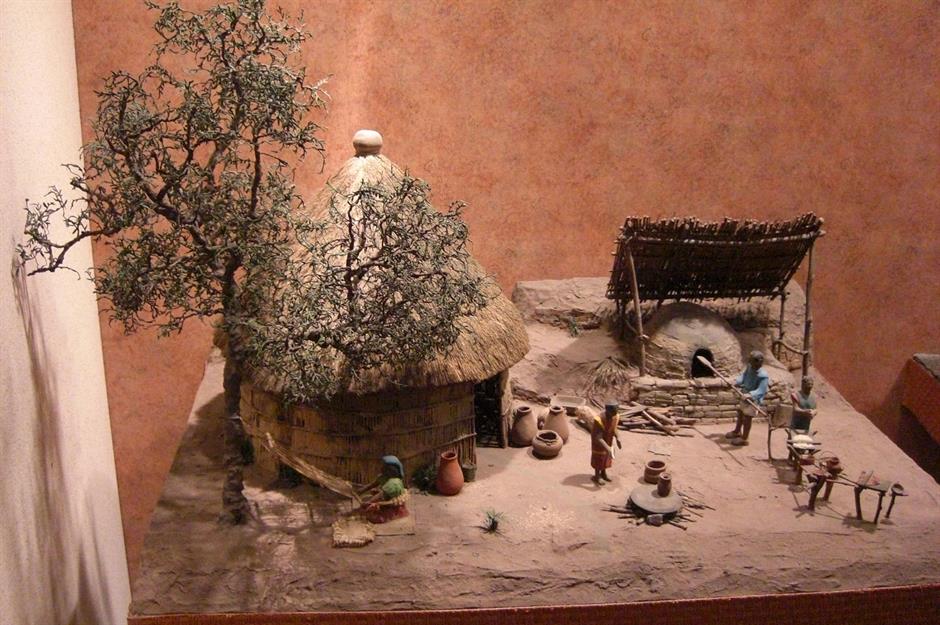
Similar to the homes of their predecessors the Mayans, ordinary Aztec dwellings were built from a variety of materials from wood or straw lined with clay to whitewashed adobe bricks, and had thatched roofs.
An igloo-shaped temazcalli, which is a type of sweat lodge, was constructed adjacent to the home and was used for everything from ritual cleansing and healing to childbirth.
Aztecs: inside the ordinary home
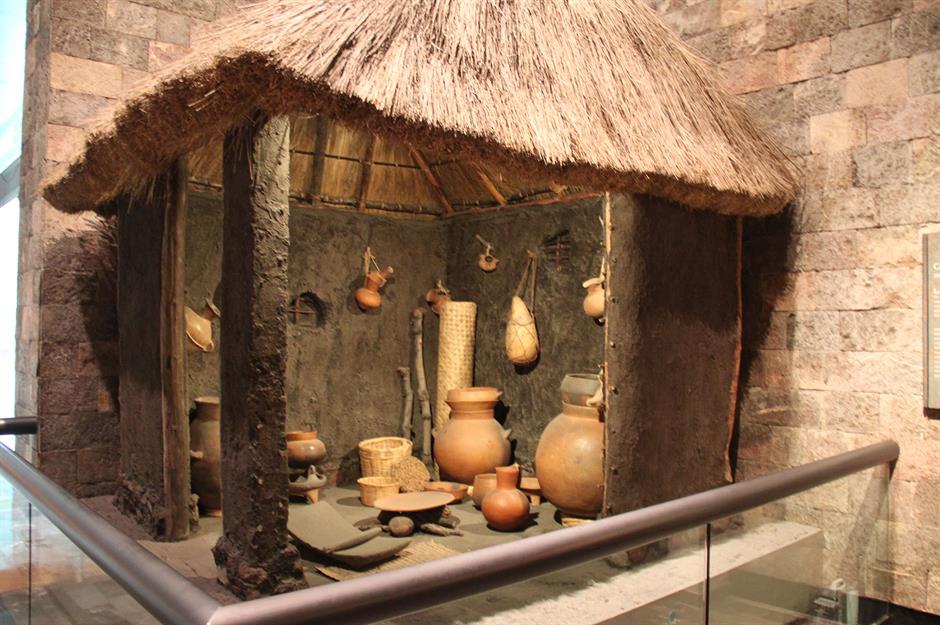
Even if they had the resources, peasants weren't permitted to have fancy furnishings in their humble abodes. Aztec society was highly regulated in this regard and even elite homes were sparsely furnished.
The contents of a typical house included reed mats for resting and sleeping, a small table, pottery and a little shrine for worship.
Aztecs: elite homes
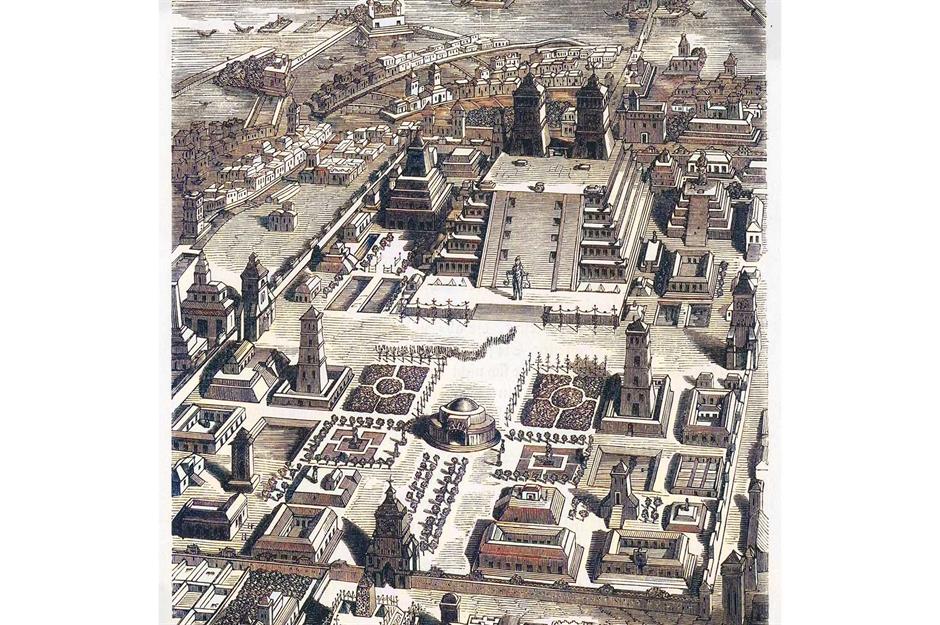
The nobles, who were known as the Pipiltin, resided in much bigger homes centred around a courtyard, as can be seen in the foreground of this image. At its centre, it shows the Palace of Moctezuma II in Tenochtitlan, the Aztec capital (the centre of Mexico City in today's geography).
Again, the style of home was similar to that of the Mayans. The most ostentatious abodes were reserved for the upper echelons of society.
Aztecs: inside the elite home

The crème de la crème of Aztec society lived in the lap of luxury and their homes had all sorts of fantastic features, including botanical gardens and menageries.
Though they were decorated with striking murals, the interiors of elite Aztec homes were very minimalist. The lack of furniture even in the Palace of Monteczuma II is said to have bemused the Spanish conquistadors.
Love this? Follow us on Facebook for more historic homes
Comments
Be the first to comment
Do you want to comment on this article? You need to be signed in for this feature